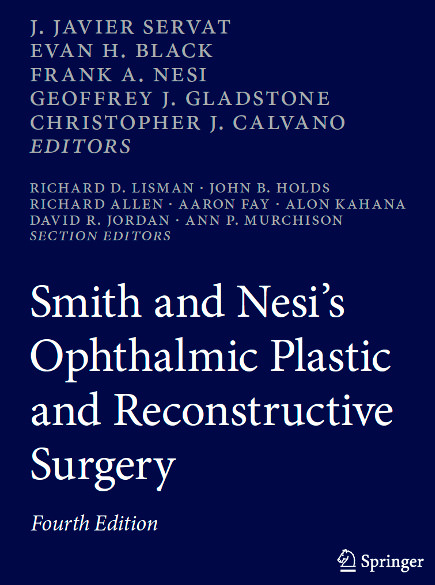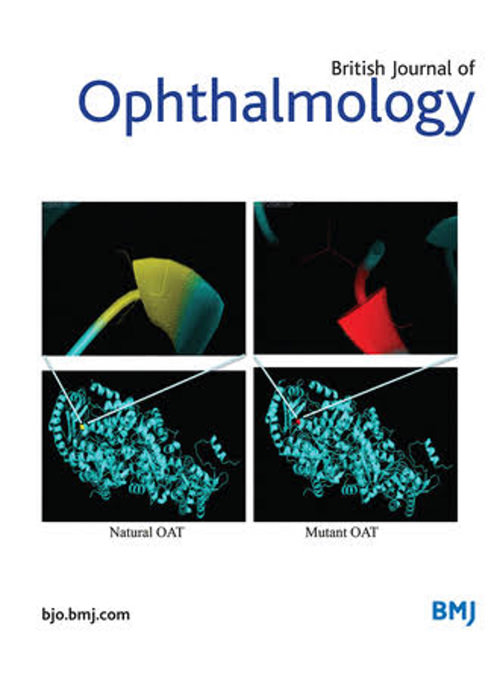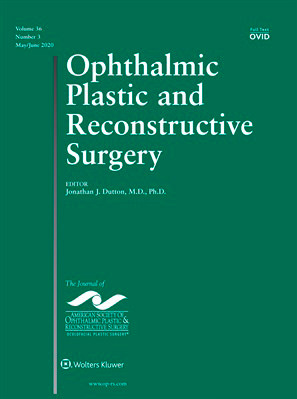Frontalis-Orbicularis Muscle Advancement for correction of upper eyelid ptosis: a systematic literature review.
Ophthalmic Plast Reconstr Surg. 2018 Nov/Dec;34(6):510-515
Antonio A. V. Cruz, Patricia Akaishi
Frontalis-orbicularis muscle flap for correction of ptosis has recently come to attention of Oculoplastic surgeons. Even though it is an old technique, first published in 1901 by Fergus (see Classic Papers session), a few numbers of publications can be found before eighties.
In this systematic review we found 38 papers. Most of them comes from Asia and were published by general plastic surgeons. The level of standardization of flap technique is low and the series are not homogeneous. However, the technique was judged positively in all reports analyzed. The advantages comparing to conventional sling procedures are clear, since there is no need for alloplastic material such silicone or autogenous fascia harvesting.
















